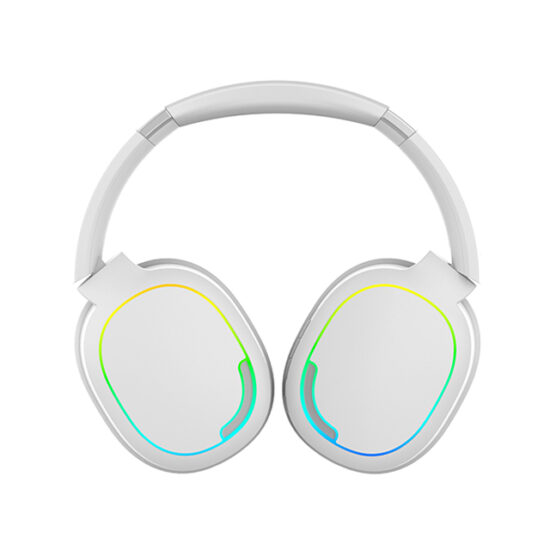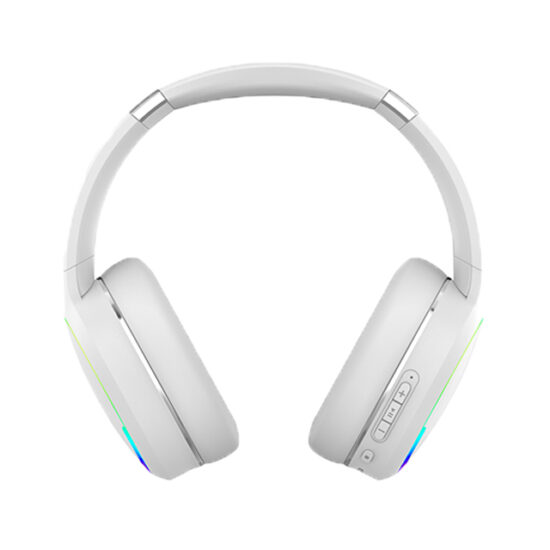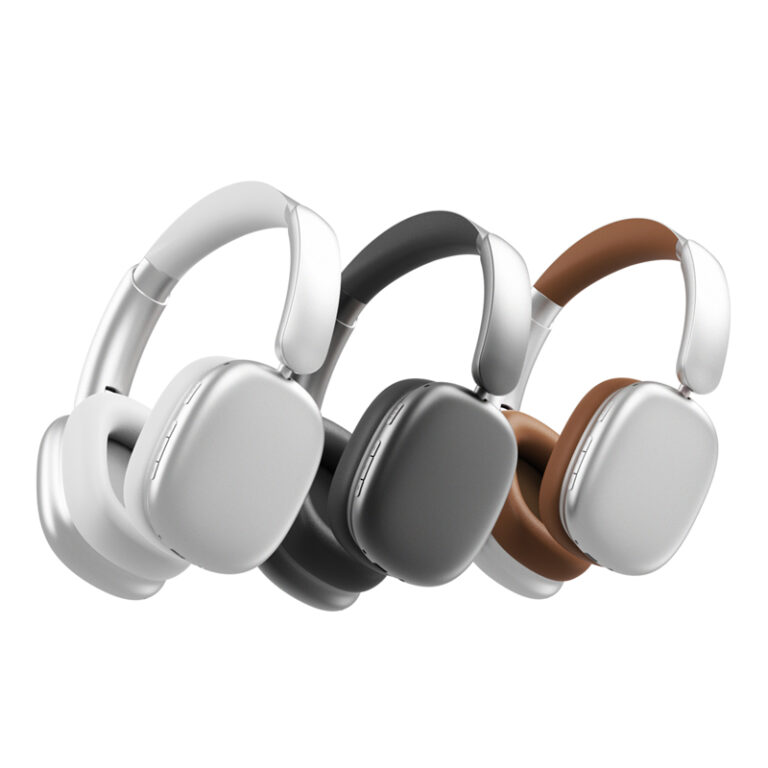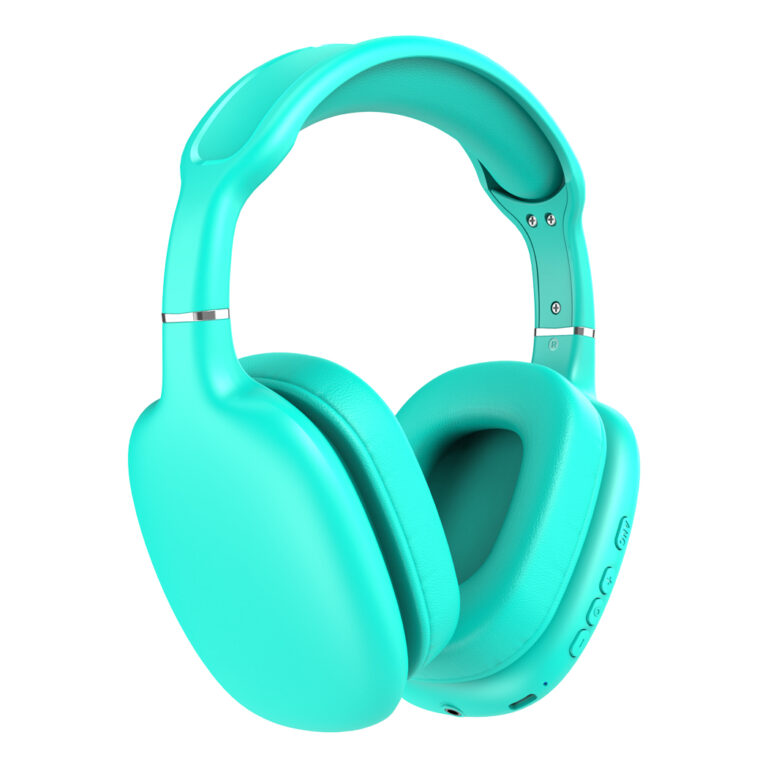jay@nbdho.com
Common Testing Standards & Equipment Used in Top Headphone Factories
In the competitive world of audio manufacturing, headphone factories that strive for excellence implement rigorous testing standards and invest in advanced equipment. These practices ensure that their products deliver consistent performance, safety, and durability. Below, we explore the most commonly used testing standards and equipment found in leading headphone production facilities.
1. Acoustic Performance Testing
At the heart of any headphone’s functionality is its sound quality. Factories utilize anechoic chambers—special soundproof rooms that eliminate echoes and outside noise—to measure frequency response, total harmonic distortion (THD), sensitivity, and impedance. Precision microphones and dummy head simulators (such as the HATS—Head And Torso Simulator) replicate how the human ear hears sound, ensuring accurate measurements.
2. Durability & Mechanical Stress Testing
Top factories subject headphones to a series of mechanical stress tests to simulate real-world wear and tear. This includes cable flexing machines, headband bending rigs, and drop test systems. For instance, cables may be flexed tens of thousands of times to ensure longevity, and headphones are repeatedly twisted or dropped from specific heights to verify structural integrity.
3. Environmental Reliability Testing
To confirm performance under various conditions, headphones are exposed to temperature and humidity chambers. These tests assess how components perform under extreme heat, cold, or humidity. Salt spray chambers may also be used to test corrosion resistance, especially for metal components and charging ports.
4. Electromagnetic Compatibility (EMC) Testing
With wireless headphones dominating the market, EMC testing has become crucial. Specialized equipment checks whether the device emits or is susceptible to electromagnetic interference (EMI), ensuring compliance with CE, FCC, or other international standards.
5. Battery & Charging Safety Tests
For wireless models, battery safety is paramount. Factories conduct charge/discharge cycle testing, overcurrent protection validation, and thermal runaway simulations. High-precision battery analyzers are used to measure performance over hundreds of cycles.
6. User Interface and Button Testing
Buttons and touch panels are tested using robotic arms that simulate thousands of presses or swipes. This ensures consistent response and long-term reliability.
7. Certification Compliance
Top factories align their testing protocols with international standards such as ISO 9001 (quality management), ISO/IEC 17025 (testing lab competence), RoHS (hazardous substance restrictions), and REACH (chemical safety in materials). Compliance is validated through both in-house and third-party audits.
In conclusion, headphone factories that prioritize quality invest heavily in state-of-the-art testing equipment and adhere to strict global standards. This not only guarantees excellent audio performance but also ensures user safety and product longevity.





